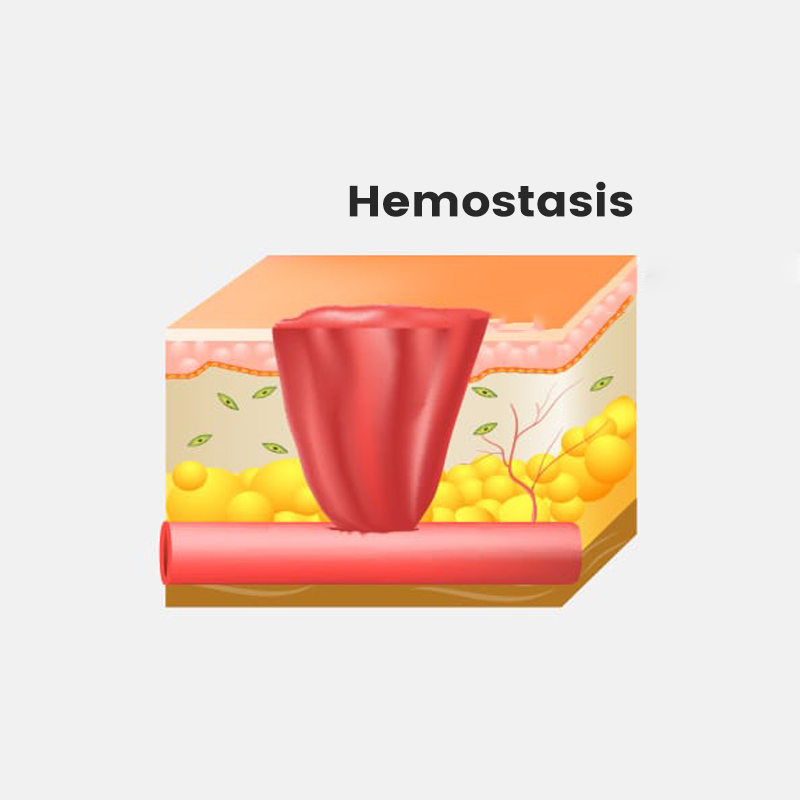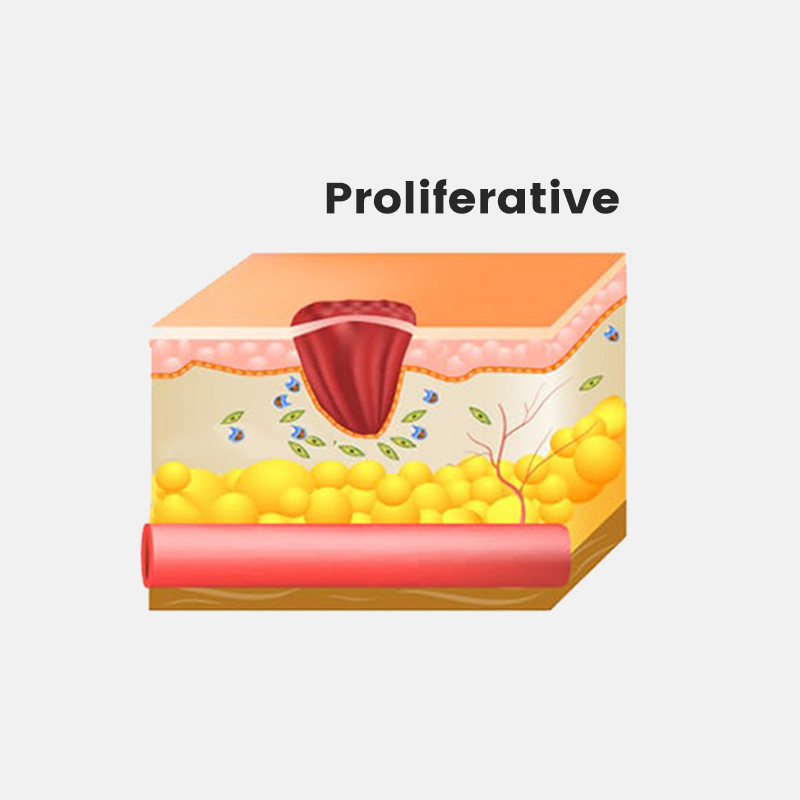Proper assessment and treatment of wounds has been one of the biggest challenges of the medical fraternity for time immemorial.
Quorit Wound Care, a division of Docuses Healthcare India Private Limited, is the first Indian company to develop and market a complete set of products that promote a holistic approach to wound healing.
We understand wounds, and our team of acclaimed scientists, medical practitioners, product specialists and marketing experts have created a bouquet of product solutions and kits that can be applied to different wounds at different stages of the healing process to promote faster healing.
Hemostasis Phase
The process of the wound being closed by clotting.
- Happens very quickly.
- Starts when blood leaks out of the body, then blood vessels constrict to restrict the blood flow.
- The platelets aggregate and adhere to the sub-endothelium surface within seconds of the rupture of a blood vessel's epithelial wall.
- After that, the first fibrin strands begin to adhere in about sixty seconds.
- As the fibrin mesh begins, the blood is transformed from liquid to gel through pro-coagulants and the release of prothrombin
- The formation of a thrombus or clot keeps the platelets and blood cells trapped in the wound area.
Inflammatory Phase
- Begins right after the injury when the injured blood vessels leak transudate (made of water, salt, and protein) causing localized swelling.
- Inflammation both controls bleeding and prevents infection. The fluid engorgement allows healing and repair cells to move to the site of the wound.
- During the inflammatory phase, damaged cells, pathogens, and bacteria are removed from the wound area.
- The white blood cells, growth factors, nutrients and enzymes create the swelling, heat, pain and redness commonly seen during this stage of wound healing.
- Inflammation is a natural part of the wound healing process and is only problematic if prolonged or excessive.
- Epithelialization happens faster when wounds are kept moist and hydrated.
- My ofibroblasts cause the wound to contract by gripping the wound edges and pulling them together using a mechanism similar to that of smooth muscle cells.
- In healthy stages of wound healing, granulation tissue is pink or red and uneven in texture. Healthy granulation tissue does not bleed easily.
- Generally, remodelling begins about 21 days after an injury and can continue for a year or more.
- Even with cross-linking, healed wound areas continue to be weaker than uninjured skin, generally only having 80% of the tensile strength of unwounded skin.
Maturation Phase
- Collagen is remodelled from type III to type I and the wound fully closes.
- The cells that had been used to repair the wound but which are no longer needed are removed by apoptosis, or programmed cell death.
- The collagen laid down during the proliferative phase, it is disorganized and the wound is thick.
- Collagen is remodelled into a more organized structure along lines of stress, thereby increasing the tensile strength of the healing tissues. Fibroblasts secrete matrix metalloproteinases. The enzymes facilitate remodelling of type III collagen to type I collagen.
- Generally, remodelling begins about 21 days after an injury and can continue for a year or more.
- Even with cross-linking, healed wound areas continue to be weaker than uninjured skin, generally only having 80% of the tensile strength of unwounded skin.
Types of Wounds and
Dressing Options
- Clean abrasions: Use film or fixation sheets dressings
- Soiled abrasions: Dry or tulle dressings, avoid occlusive dressings
- Chronic ulcers: Alginate, hydrocolloid, or foam
- Dry wounds: Alginate, hydrocolloid, or foam
- Infected wounds: Avoid occlusive dressings, consider alginate
- Laceration-sutured: Open or dry dressing
- Puncture wound: Dry dressing or leave it open
- Sloughing wound: Moisture returning wound like a hydrocolloid, alginate
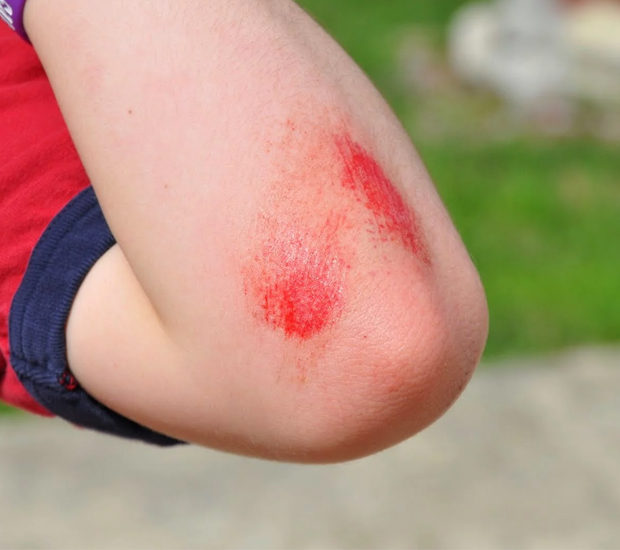
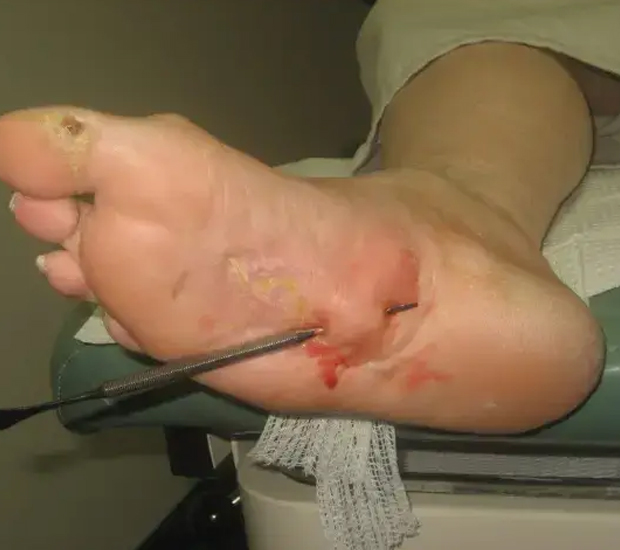
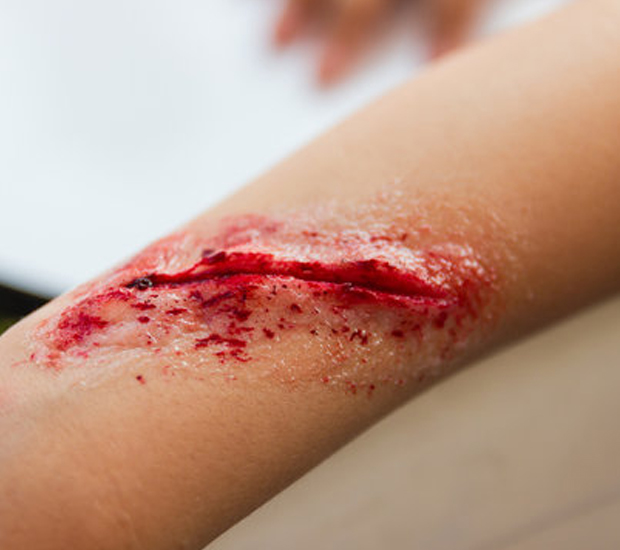

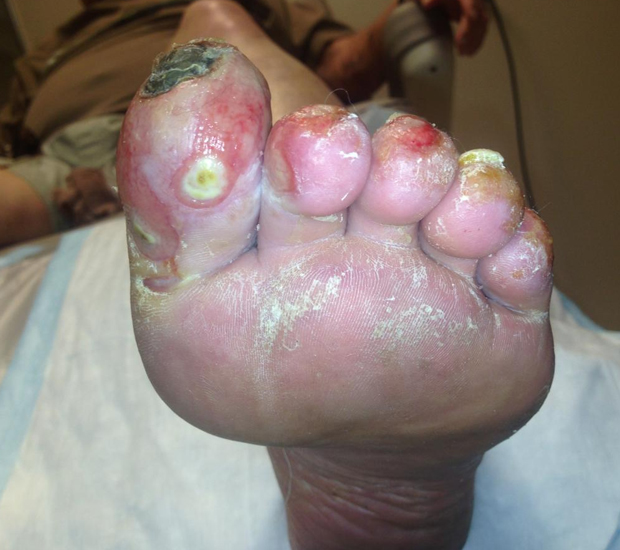
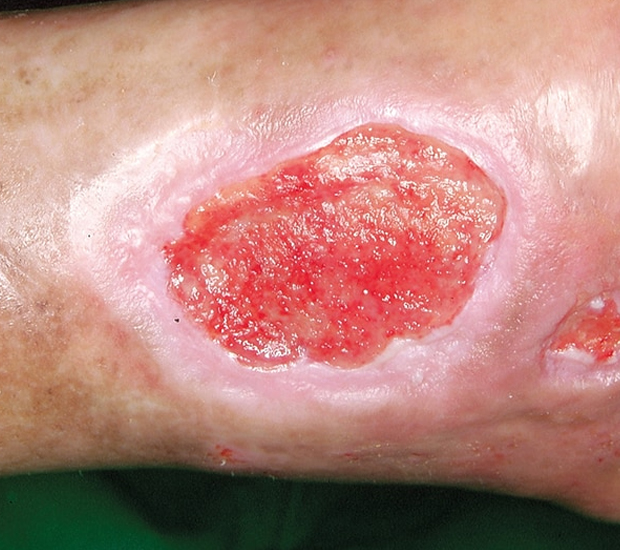
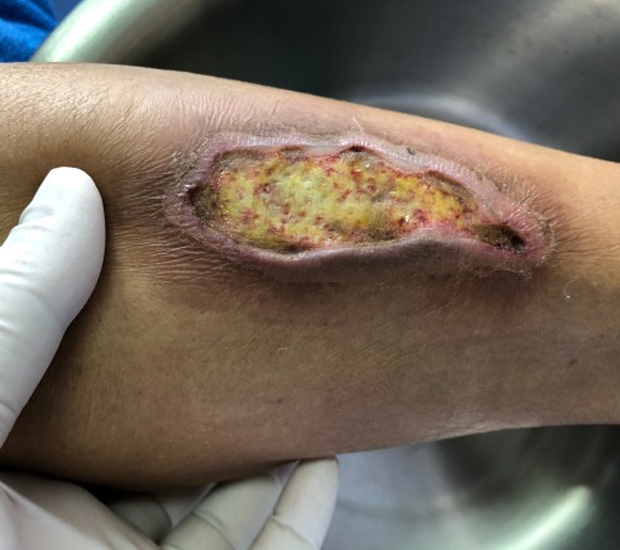
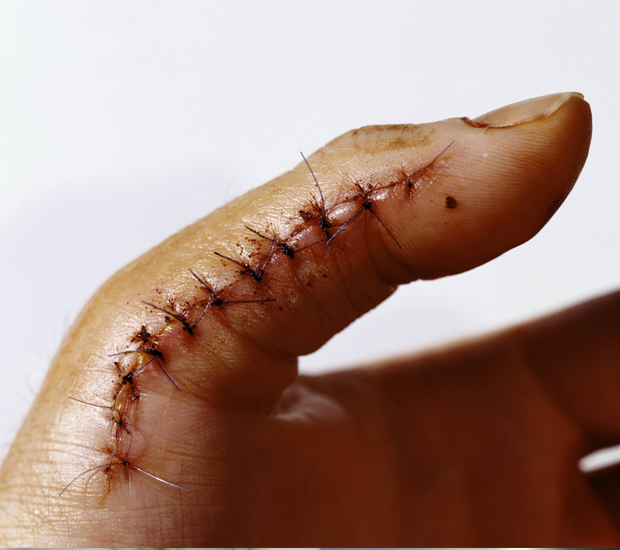
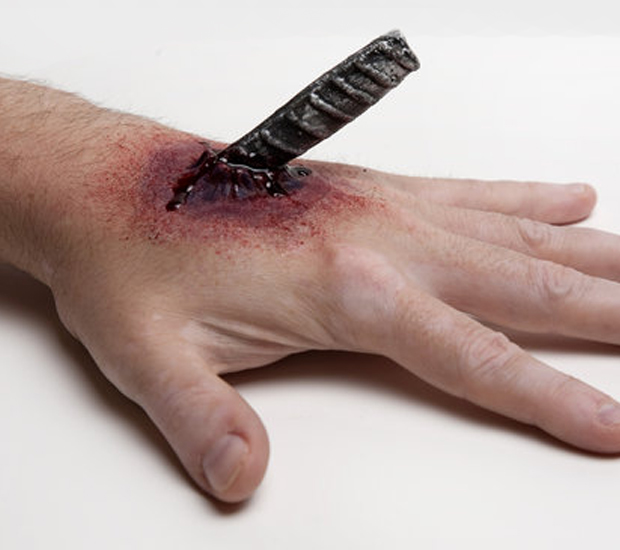
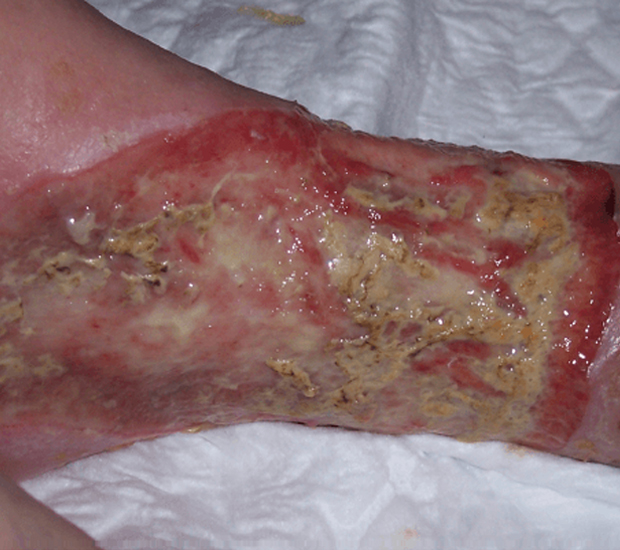
Wound Types and
Appropriate Treatment
from enzymatic debridement ointments such as collagenase.
- If the wound has minimal drainage, a hydrocolloid will keep it just right.
- If there is heavy drainage, absorb excess fluid using material like alginate, hydrofibers, cellulose, foam, ceramic fiber, or negative pressure wound therapy.
- If the surrounding skin shows maceration, use zinc oxide, protective films, or a negative pressure wound therapy.
- If the wound is infected and there is a lot of sloughs, which cannot be mechanically debrided, then a chemical debridement can be done with collagenase-based products.
- If the bioburden needs to be controlled, a silver-based or iodine-based product should be used.
- If the wound has an excessive odour, topical metronidazole or activated-charcoal dressing material will help.
- If the wound has healthy granulation tissue and needs to have faster healing and epithelialization, hydrocolloid, foams, collagen, or silver collagen will help.
- If the wound is superficial, occlusive semi occlusive dressings help to heal. Polymeric membrane dressings also are good to treat superficial abrasions.
Currently Available
Dressing Options
The semipermeable dressing allows for moisture to evaporate and also reduces pain. This dressing also acts as a barrier to prevent environmental contamination. The semipermeable dressing does not absorb moisture and requires regular inspection. It also requires a secondary dressing to hold the semipermeable dressing in place.
Tulle is a non-adherent dressing impregnated with paraffin. It aids healing but does not absorb exudate.
It also requires a secondary dressing to hold it in place. It is ideal for burns as one can add topical antibiotics to the dressing.
It is known to cause allergies, and this limits its wider use.
Plastic film dressings are known to absorb exudate and can be used for wounds with a moderate amount of exudate.
They should not be used on dry wounds. They often require a secondary dressing to hold the plastic in
Hydrogels are insoluble and hydrophilic materials that are made from synthetic polymers which have a high-water content (70%-90 %)
that helps granulation tissues and epithelium in a moist environment. It also decreases the temperature of cutaneous wounds resulting in a soothing and cooling effect.
These may be used for dry chronic wounds, pressure ulcers, necrotic wounds and burn wounds. Setbacks involving these dressings are that exudate accumulates and leads to
maceration and bacterial proliferation which then produces a foul smell in wounds.
Calcium alginate dressings keep the wound moist, reduce pain, and can be used to pack cavities.
They also provide haemostasis and can absorb excess exudate. It has been reported that alginates accelerate the healing process by
activating macrophages which in turn produce TNF-α which initiates inflammatory signals. They should not be used in the presence of an infection or on dry wounds.
Often another dressing is required to hold the alginate in place.
Foam dressings keep the wound moist, can absorb fluid, and can also protect the wound.
They can be used on wounds with a moderate amount of exudate and should be avoided on dry wounds. They can be painful to remove if they dry out.
Hydrocolloid dressings are made up of a combination of gel-forming materials (carboxymethylcellulose, gelatin, and pectin) with
other agents such as elastomers and adhesives. These dressings retain moisture and are painless to remove (thus their indication in the paediatric age group).
They are ideal for small abrasions and not to be used on dry or infected wounds.
Paper adhesive tape is useful for just approximating wound edges and ideal for small wounds. The tape is not useful on wounds with large exudates.

